Destiny 2: New and improved or a frustrating failure?
December 5, 2017
Praised by critics and complained about by the fans, the Destiny franchise released its second game September 2017. The game was made to be a fresh start, with all progress and items not moving over to the second game, to ensure that everyone had a fair chance when beginning the adventure. This generated complaints from a good number of Destiny 1 players when the news was officially released. The in-game excuse for all everyone’s stuff being gone is that it all blew up. Initial complaints were likely cut short as the game began, with many noticeable changes from the first game.
The quality of Destiny 2 remains a point of disagreement among the Destiny community, and was hyped over more than it should have been way before it’s release. I still enjoyed the game greatly and I look forward to seeing how the series develops. While the game does have a lot of issues it needs to fix, including glitches, it has only been out for less then a year. There’s still plenty of time for the game to improve and plenty of areas it can improve in.
Before the game even starts, anyone who played Destiny 1 would get to watch a slideshow of all their previous accomplishments in the first game, showing who they were playing with when they first reached each achievement. The game begins with a cutscene, which was a wonderful surprise for me. Destiny 1 had a severe lack of cutscenes, with minimal story for them to be based on. Bungie, the main developers of the franchise, quite obviously learned from that mistake and added in a comfortable amount of decent cutscenes into the second game. Cutscenes play after completing missions that have significant impact on the story or when beginning a new “chapter” in the game, like going to a new planet or moon.
In addition to the added personality of the game, the design and graphics are also a step up. With the addition of enhanced lighting, more vibrant and life-filled environments, better looking nights, and the occasional rainstorm that pops up in some locations, Destiny 2 offers many unique areas to explore. In the new environments Bungie has created, the player is exploring for a good portion of the game. In order to gain access to faster land travel via sparrow- basically a speeder bike without the lasers- one must finish the main campaign. This feature forces the player to travel on foot across the large, open-world maps and locations, encouraging more exploration along the way from point A to point B to point C.
Something special about Destiny 2 is the way someone can interact with other players and the world throughout the game. With the addition of more public events in the game, as well as small challenge areas called Lost Sectors sprinkled in all throughout each destination, the game allows players to find each other randomly throughout the game, band together, and take on whatever challenge they stumble across while doing missions, exploring, or just casually messing around.
Alternatively, it also allows players to branch out on their own, lone-wolf style. In the previous installment of the series, it was impossible to completely advance by one’s lonesome. Now, loners can acquire higher level gear by completing the current endgame activities, giving the casual players stuff to do once they finish the main storyline. The endgame of any MMO usually encompasses the activities and events players can participate in upon more or less finishing the game.
Despite the whining that many hardcore players of the game do about how it’s getting old I continue to find Destiny 2’s endgame enjoyable. The game was designed to appeal to a casual playstyle, as a lot of its features are more enjoyable playing them day by day rather than all in one go. Having played through the game twice now, I can attest to how much I enjoyed taking it slow compared to how stressed I felt trying to beat it in a short span of time.
While I was saddened to find that none of the locations in Destiny 1 got to stick around, exploring the new maps was heartening. Being able to explore moons like Io and Titan was showed vast contrast from the earth’s moon and Phobos, Mars’ moon. Titan, in the game, is depicted as a vast oceanic moon with cities built atop massive metal platforms. Io is a heavily contested location, with a rocky surface similar to what players saw on earth’s moon in Destiny 1. Instead of being grey and barren, Io has a lush color scheme and vibrant lighting that would otherwise be peaceful, if not for the plethora of enemies players come across.
In Destiny 1, the area on earth that players can explore is an old Russian space yard called the Cosmodrome. It features industrial areas and plenty of snow, being one of the most nostalgic locations in the game. Destiny 2’s earth location is different, taking the player all the way west across Europe into the European Deadzone, a location players have been wanting to get at for some time ever since it first was introduced as a small map in the player vs. player section of Destiny 1. The EDZ, an abbreviation for the location, is known for its crumbling, Gothic style buildings and sprawling forests.
However, to a lot of players’ disappointment as well as my own, there wasn’t as much fit into it as we initially thought there’d be. The initial impression from Destiny 1 was that the EDZ would be mostly city, providing lots of interiors spaces to explore, rooftops to jump across, and streets to run amok in. Unfortunately, the majority of the EDZ in Destiny 2 is open area with not much to do. If the wide open spaces were something new, it wouldn’t bother me as much as it does. Destiny 1 had used a lot of large, open areas all throughout the game, and the lack of change in the way maps were planned takes a toll on my enjoyment of the location as I traverse the EDZ time and time again.
Next on the list of locations is Nessus, a minor planet in the outer solar system. Nessus is like walking into a piece of abstract art with huge weeping widow-like trees with velvet leaves, large waterfalls of electric milk, and shiny silver structures just about everywhere. Nessus, to me, is the one destination where the large and open area is complimentary to the abstract design of the location.
The Farm and the Tower are the two social spaces in Destiny 2, with the latter not technically being an actual tower. The Farm is the first social space that players will come to upon finishing the first two missions of the game. The Farm begins as the bare minimum any social space can be and develops over time as the player progresses through the campaign. Once the main story line, The Red War, has been completed, players are able to access a social space labeled as “The Traveler” on the map. Most players continue to call it the tower though.
The actual “Tower” is the main social space of Destiny 1, which gets wrecked in the first ten minutes of playing Destiny 2. Social spaces are peaceful areas that players can travel to via the director (the map) where they can meet other players, organize into groups, get loot, and get into shenanigans. My favorite feature of the Tower is a small button players can press that labels itself as “do not touch”. If players do touch the button, a little message will appear on the screen saying, “the floor is lava!” Needless to say, if the player touches the ground while affected, it does damage.
If there’s any feature of Destiny 2 worth mentioning, it’s the gunplay. The mechanics, animations, design, and lucidity of the shots make wasting ammo worth it (sometimes). The gunplay has been a consistent upside to the game series as a whole, and has grown more precise in Destiny 2. The difference between the gunplay in 1 and 2 is noticeable after an hour at most. Describing how the guns fire differently may take some effort on my part, so bear with me. The weapons in Destiny 1 feel as if the shots they fire are all high-caliber rounds with a good bit of recoil, as if they all fired .50 cal rounds. Having been able to fire a variety of guns at a range a few years ago, I know the difference between a 9mm pistol’s recoil and a .44 magnum.
The guns in Destiny 2 have less recoil for the most part, and do more damage over time so players don’t waste an entire magazine on one opponent. Comparing the recoil in Destiny 2 to another newer game such as Call of Duty: WW2, the recoil in Destiny 2 is definitely a lot more comfortable to deal with.
If there’s any other possible evidence backing my claim that Destiny 2 is for casual players, it’s the new way players progress their characters. Whether by augmenting weapons and armor or editing your subclass to suit two different play styles, the character progression has been simplified greatly. Destiny 1’s system of player upgrades would allow the player to edit skills, buffs, armor rating, recovery, and agility. To fully upgrade a character, it either takes a lot of time or a lot of effort. The system for upgrading armor and weapons is similar, but players must additionally collect resources in order to upgrade things.
Destiny 2’s upgrade system is by all means less complicated. Upgrading armor status, perks, buffs, etc. is done by enhancing gear with specific mods that would change aspects. Character progression is composed of leveling up, gaining points for completing important missions, and using those points unlock abilities and perks once at the right level. Also, to everyone’s convenience, weapons and armor come with all upgrades already unlocked. I was both surprised and very confused when I noticed this change, but ultimately relieved I wouldn’t need to invest as much time in the game as I had in Destiny 1.


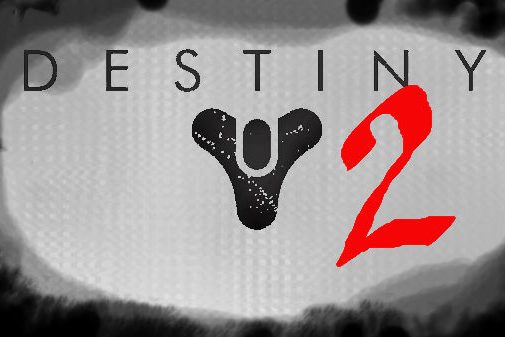


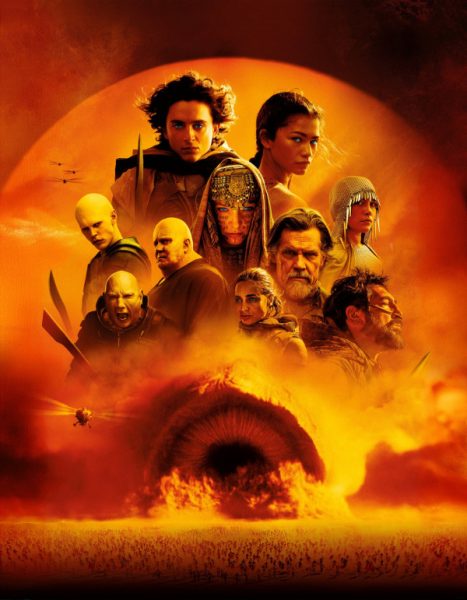

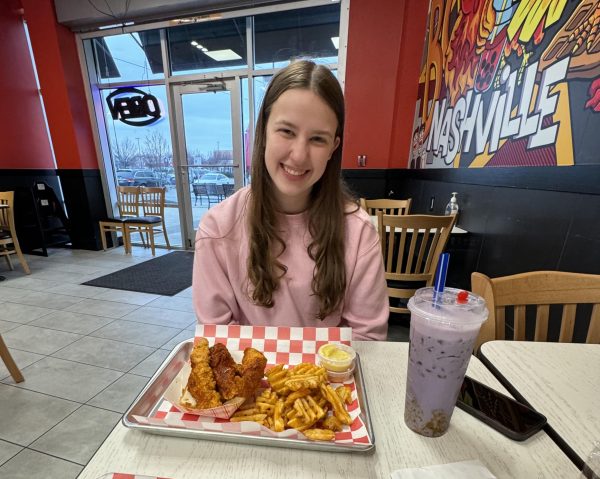
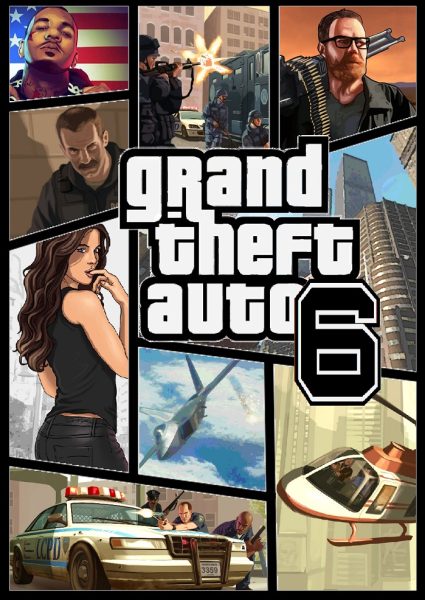



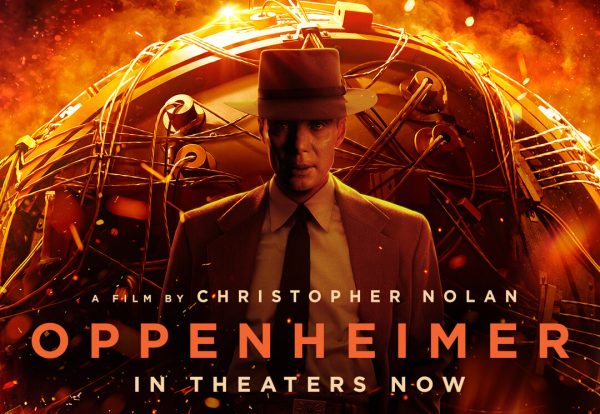

Robert de Mattos • Dec 14, 2018 at 4:35 pm
Lets face facts. Paying so much for so little just to see the price drop 30 dollars in a matter of months is a big indicator where Destiny 2 has gone. I have the game and all the expansions on my PS4. I can’t bring myself to drag out my old Xbox One characters and dust them off for the Xbox version. I just don’t see where the investment is. Players are leaning more towards games that don’t try to nickel and dime consumers. Bungie and Activision have done this for both Destiny games and it really has bit them in the rear end. I remember when Bungie had a 10 year plan with Destiny 1. It was going to be the greatest thing. It’s just that we never expected to pay an arm and a leg just to see the content cost little to nothing in no time after we shelled out alot of money. Thanks to Destiny, I have more of a behavior of letting game prices come to where I want them before I will pay for them. Is the game popular by then? Nope. But then again, who really cares? Take a game like No Mans Sky. If you were smart enough to keep the game even though you got bored with it, they made improvements to it without charging the user. Planets look better. Flora and fauna now more available and better defined. Improved visuals and sound. Yes. If you let the game go and you wanted it back you had to pay sixty bucks. Well that one is one the consumer. Hello Games didn’t ask any of its players to let the game go and the buy it back later. Some of us held onto it and some of us didn’t. Oh well. But you see, we had a choice in that. We were in control because the people at Hello Games gave us the control. They also gave us a game that we could explore and shape. Bungies, attitude is that of a candy store. You buy it, You use it. It’s gone. No one wants the same piece of candy too many times. Nobody wants to play the same content over and over. To evolve a game without the additional cost to the consumer will keep players around. I believe that the cost of content is what is sending Destiny players elsewhere. In February, Anthem is going to be released. They charged an optional 20 dollar addition to have some things at the beginning of the game but they do not plan on charging the consumer extra to continue enjoying the game (or so they say. We’ll see) There may be micro transactions to get things faster than playing to earn. Sure. You can find that in alot of games. What is becoming increasingly less common is charging consumers for maps and new storylines. What is worse about Destiny 2 is that Bungie has the audacity to charge for maps and storyline and have Eververse for even more micro transactions. I don’t care what Gordon Gecko said. Greed isn’t good and this is plain greed on the part of Bungie and Activision. We just don’t want to keep spending the MONEY. End of story.